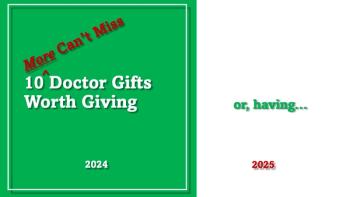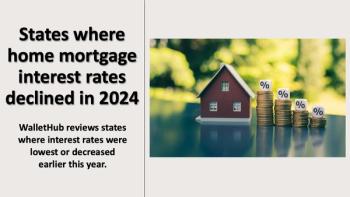
2019 Credit Card Trends and Tips to Handle Them
America’s total outstanding credit card debt now sits at $1.034 trillion, the highest it has been since 2008. This is the result of an over reliance on credit and some disturbing new trends. Here are some tips to handle these trends and keep your credit card debt from becoming insurmountable.
Last year, Physician’s Money Digest® discussed some of the
The country’s total outstanding credit card debt now sits at $1.034 trillion, the highest it has been since 2008. WalletHub’s projections also show a likely $60 billion increase to our credit card debt by the end of 2019.
Trend: The Charge-Off Rate is Up 2% Year Over Year
This does not necessarily project doom for the future of the economy, nor does it necessarily show that consumers are weakening financially, but it is cause for concern as it shows an overdependence on credit card debt that is only getting worse. In order to avoid further credit card debt, it’s important to understand some of the trends leading to increased debt and how best to handle them.Last year the charge off rate was up 2.7% year over year, and while the slight decrease to this year’s 2% is a good sign, the steady increase of the charge off rate is still worrisome as a rising charge-off rate is a sign of an economy under duress. A
Tip: Keep your credit card payments consistent
Trend: The average household’s credit card debt is $327 over being sustainable
Tip: Improve your credit
Takeaway
It is nowhere near the highs of an 11% charge off rate in 2010 but making sure your credit card isn’t considered a charge-off is crucial before your creditor looks to you to repay them with money you may not have.Make sure your credit payments are on time every month and at the minimum payment that is needed to avoid interest from accruing, no matter the situation. Some creditors will allow you to set up an automated payment to avoid the hassle of having to make the payment yourself. If the credit card in question doesn’t allow you to automate your payments, then you can do your own form of automation by setting a monthly reminder to make your payments before their due date. It is also important to keep the payment amount consistent with each month in order to not disrupt your budget too much. You can adjust the payment amount accordingly depending on your financial situation, just make sure it’s never below the expected minimum. According to the data, the average household debt in Q4 of last year was at $8,788. The highest it has been since 1986, and steadily going over being sustainable. While $327 is not an insurmountable amount of money, it isn’t a small amount. Leaving many households constantly fighting off their debt when dealing with their finances.If you’re already looking at a lot of credit card debt this may seem counterintuitive but adjusting your credit score for the better will ultimately lead you to paying off outstanding loans faster. This is because with a better credit score you can look to
Related Articles
- How Physicians Can Help Improve Financial Wellness for Practice Team Members
- 4 Debt Forgiveness Programs Every Physician Needs to Know
Newsletter
Stay informed and empowered with Medical Economics enewsletter, delivering expert insights, financial strategies, practice management tips and technology trends — tailored for today’s physicians.








